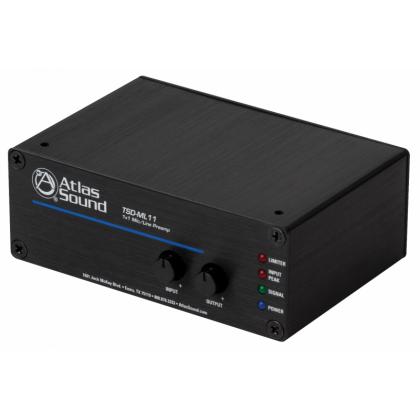What is Phantom Power?
Phantom Power is the industry standard method of transmitting DC voltage over an audio cable to provide power to professional audio devices. The HowToAV team explains...
What is Phantom Power?
'Phantom Power' is an industry standard method of transmitting DC voltage over an audio cable to provide power to professional audio devices.
Phantom Power transmits the voltage and audio signal simultaneously over the same audio cable to the microphone or other connected audio device.
It's called phantom power because it works by transmitting power using the same cable that's carrying the audio signal. So it provides simulataneous transmission of both the audio signal and power to the microphone or audio device over a single cable.
Microphones are the most common devices to use Phantom Power, but other devices such as DI boxes and pre amplifiers also often use this power supply technology.
Where is the Phantom Power supplied from?
Phantom Power will usually be supplied by the audio system's power amplifier or mixing desk or sometimes via specific Phantom Power Supply devices.
What is the typical supply voltage in the range of phantom power units?
The most common phantom power units will typically supply voltage within the range of 12 - 48 volts and will be present on a balanced three pin XLR connector. However some microphones for example only require a 9 volt supply and these typically use a jack plug rather than an XLR.
Will Phantom Power affect my audio signal?
No, phantom power will not affect your audio signal atall. However it is important to ensure that you don't use a phantom power supply on a microphone which does not require it - such as dynamic microphones - to avoid any incompatibility issues.
Want help with your AV system design?
 CIE is one of the UK's leading and most innovative professional AV distributors and is a leading provider of professional systems and devices.
CIE is one of the UK's leading and most innovative professional AV distributors and is a leading provider of professional systems and devices.
With over 50 years experience in supply and system design for many of the UK's largest, high profile audio projects, our AV experts provide a unique level of technical support and customer service.
Call the CIE AV experts now on T. 0115 9770075 or email us at [email protected]
 Got a question for the HowToAV team?..
Got a question for the HowToAV team?..
HowToAV.tv provides a whole host of tips, tricks and technology know-how for the professional and residential AV sectors.
Subscribe to our YouTube channel now at howtoav.tv for all the latest video casts or send us your questions to [email protected]








